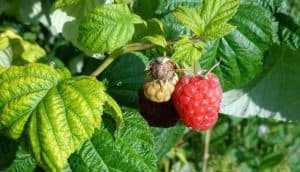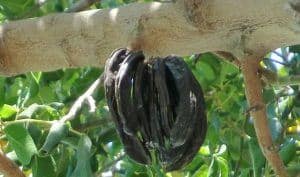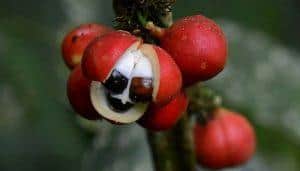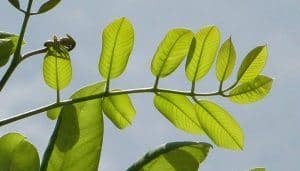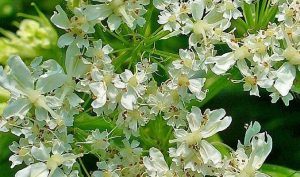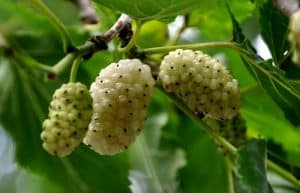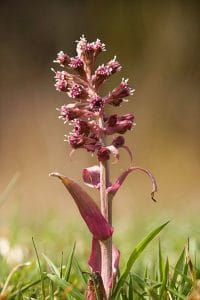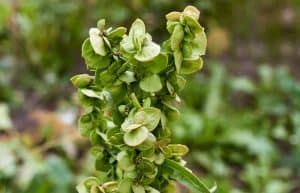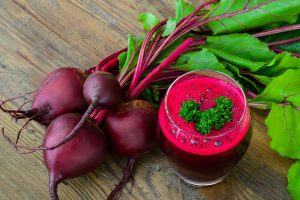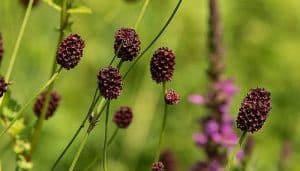The leaves contain tannins, flavone glycosides, organic acids and vitamin C. The berries contain 1.5-2% organic acids, fructose, pectin, gum, anthocyanins, iron and vitamin C. Raspberry has been cultivated for a long time and not only for its culinary uses but also for its medicinal properties. The fruit is rich in nutrients and may be […]
Herbs - General
What is Carob used for?
The carob has been used for human consumption and as animal feed in the Mediterranean countries for centuries. It is said that the pods of the carob tree sustained the biblical figure John the Baptist while he was praying in the desert. Hence it is also known as St. John’s bread. Because of the high […]
What is Guarana used for?
Guarana’s use by South American native tribes predates the discovery of Brazil. These tribes recognized its stimulant effect and used it during times of fasting as well. Traditionally, the native tribes of Brazil and the surrounding countries have used the herb to treat many ailments. Included in this list are diarrhea, hypertension, fever, migraine, neuralgia, and dysentery. […]
What is Jamaican Dogwood used for?
Its actions are nervine, anti-spasmodic, cardiotonic, analgesic, diuretic, sedative and anodyne. The active constituents of Jamaican dogwood are isoflavones; lisetin; jamaicin; ichthyone; the rotenoids rotenone, milletone and isomilletone; b-sitosterol; and tannins. It contains the organic acids piscidic acid, its mono-and diethyl esters; fukiic acid and its 3-0-methyl ester. The chemical constituents are highly variable among […]
What is Cicely used for?
The main active ingredient found in cicily is the essential oil that contains anethole, sesquiterpenes (germacrene-D, beta-caryophylllen), limonene, alpha-pinene, alpha-farnesene and myrcene. In addition, the plant contains flavonoids (luteolin) and apigenin glycosides. It is the substance anethole that is responsible for the distinctive anise taste and the smell of the plant. This substance is also […]
What is White Mulberry used for?
White mulberry is an important herb in traditional Chinese medicine (TCM) and records of its use date back to 659 AD. The leaves, root, branches, and fruits are still listed in the Chinese Pharmacopoeia from 1985, but other parts, such as the plant juice and the ash of the tree, are also widely used. The […]
What is Butterbur used for?
The root and the leaves operate in all the following capacities: analgesic, anti-spasmodic, anti-inflammatory, cardiotonic, diaphoretic and diuretic. Historically, the dried powdered root was mixed with wine and used as a medicine against the plague and other related diseases. In its powdered form, it was also used to eliminate intestinal worms, as a diuretic and […]
What is Orach used for?
During the Iron Age (c.1050 BC – c.500 AD) and the Middle Ages, orach was used both as food and medicine, and it is considered one of Europe’s oldest kitchen herbs. There are records that show that the herb was used in ancient Greece for ailments related to the “glands” and as a remedy for […]
Significant Benefits of Organic Beets roots on the Brain and Body
Cognitive health is a result of a proper diet, healthy sleep habits, and general body functionality. Human brains function better with increased blood circulation. This dismisses potential illnesses such as dementia and fatigue. There are multiple medical innovations to handle blood-related disorders and illnesses, but nothing beats using natural ingredients. Studies show significant benefits of […]
What is Great Burnet used for?
The main substances found in great burnet are flavonoids, saponins, ursolic acid, arabinose, essential oil, vitamin C, and tannins. The scientific name Sanguisorba refers to the herbs medicinal properties where “anguis” means blood and “sorb” means “to suck up”. For centuries the plant has mostly been used as a hemostatic agent both in Western and […]
